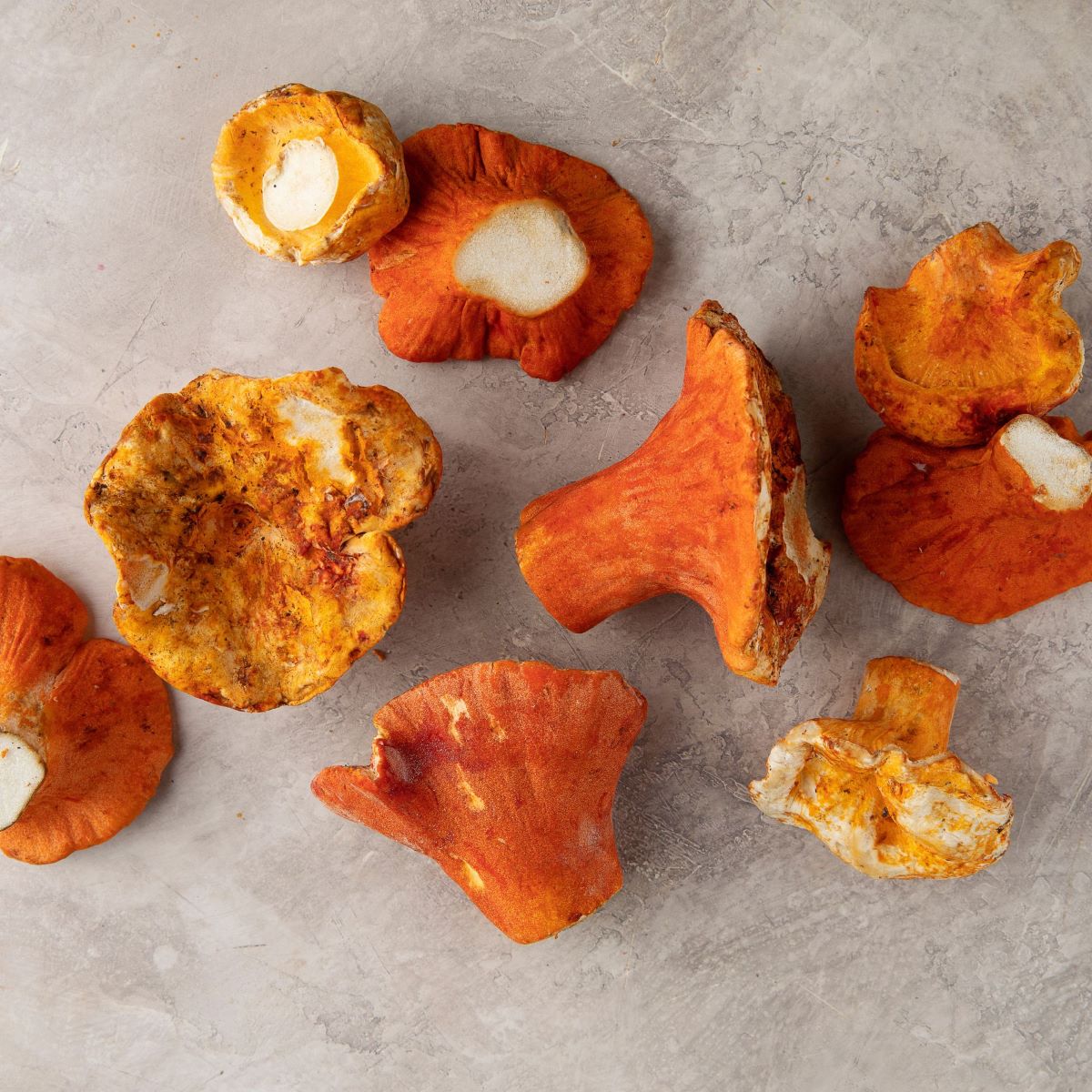

Articles
How To Store Lobster Mushrooms
Modified: October 20, 2024
Learn how to properly store lobster mushrooms with these helpful articles. Extend the freshness and flavor of your mushrooms by following these expert tips.
(Many of the links in this article redirect to a specific reviewed product. Your purchase of these products through affiliate links helps to generate commission for Storables.com, at no extra cost. Learn more)
Introduction
Welcome to the world of lobster mushrooms! Known for their vibrant red color and unique flavor, lobster mushrooms are a favorite among mushroom enthusiasts and gourmet chefs alike. If you’ve been fortunate enough to get your hands on these delicious fungi, you’ll want to make sure you store them properly to maximize their freshness and taste.
In this article, we will guide you through the process of storing lobster mushrooms. From understanding the characteristics of lobster mushrooms to harvesting and cleaning them, as well as different storage methods such as freezing, drying, and canning, we’ve got you covered.
Whether you foraged them yourself or found them at a local market, storing lobster mushrooms correctly will ensure that you can enjoy their wonderful flavor and texture for an extended period.
So let’s dive in and learn how to store lobster mushrooms to preserve their quality and make the most of these delectable fungi.
Key Takeaways:
- Lobster mushrooms can be stored through freezing, drying, or canning, preserving their vibrant color and unique flavor. Whether added to soups, stir-fries, or pasta dishes, these stored delights elevate culinary creations year-round.
- Proper harvesting, cleaning, and storage techniques ensure the longevity of lobster mushrooms. By understanding their characteristics and following suitable storage methods, you can savor the delectable taste of these remarkable fungi throughout the year.
Read more: How To Store Fresh Lobster
Understanding Lobster Mushrooms
Before we delve into the storage process, it’s essential to understand what lobster mushrooms are. Despite their name, they are not actually a type of mushroom but rather a parasitic fungus that grows on other mushroom species, primarily the Russula or Lactarius mushrooms.
Lobster mushrooms are easily distinguishable by their vibrant red exterior, resembling the color of a cooked lobster shell. This distinct color develops when the parasitic fungus invades the host mushroom and alters its appearance.
When it comes to flavor, lobster mushrooms offer a unique and earthy taste. They have a mildly sweet and slightly savory profile, often described as reminiscent of shellfish or seafood. This flavor makes them an excellent addition to various dishes, including soups, stews, risottos, and pasta.
Due to their color and flavor, lobster mushrooms have gained popularity in the culinary world and are highly sought after by chefs and mushroom enthusiasts.
When selecting lobster mushrooms for storage, it’s important to choose ones that are firm, free from any signs of decay, and have a vibrant red color. Mushrooms that are soft, soggy, or have a dull color should be avoided, as they may not be fresh and can affect the overall quality of your stored mushrooms.
Harvesting Lobster Mushrooms
If you have the opportunity to harvest your own lobster mushrooms, it can be a rewarding and fulfilling experience. However, it’s crucial to follow proper harvesting techniques to ensure you gather the mushrooms safely and sustainably.
Here are a few key guidelines to keep in mind when harvesting lobster mushrooms:
- Identify the host mushrooms: Lobster mushrooms grow parasitically on certain species of mushrooms, such as Russula or Lactarius. Make sure you can accurately identify the host mushrooms before attempting to harvest lobster mushrooms.
- Pick at the right time: Lobster mushrooms are typically at their prime during the late summer and early fall. Look for fully matured lobster mushrooms with a vibrant red color.
- Use a knife: When harvesting lobster mushrooms, it’s best to use a sharp knife to carefully cut the mushrooms at the base, just above the ground. Avoid pulling or twisting them, as this can damage both the lobster mushroom and the host mushroom.
- Leave some behind: To promote the growth and sustainability of lobster mushrooms, it’s important to leave a portion of the mushrooms intact in their natural habitat. This way, they can continue to spread and reproduce.
- Be mindful of the environment: While harvesting, be respectful of the ecosystem and other wildlife. Avoid damaging surrounding plants and take care not to disturb other organisms in the area.
Remember, if you’re unsure about mushroom identification or unfamiliar with your local foraging regulations, it’s always best to consult with an experienced forager or mycologist.
Once you have successfully harvested your lobster mushrooms, it’s time to move on to the next step: cleaning them to ensure they are free from any dirt or debris.
Cleaning Lobster Mushrooms
After harvesting lobster mushrooms, it’s essential to clean them thoroughly to remove any dirt, debris, or insects that may be clinging to the surface. Proper cleaning ensures that your mushrooms are safe to consume and enhances their overall quality.
Here’s a step-by-step guide on how to clean lobster mushrooms:
- Inspect the mushrooms: Examine each lobster mushroom carefully, checking for any signs of decay or damage. Discard any mushrooms that appear soft, slimy, or have an unpleasant odor.
- Remove any visible dirt: Gently brush off any visible dirt or debris from the mushroom caps and stems using a soft-bristled brush or a clean, damp cloth. Be careful not to apply too much pressure, as lobster mushrooms have a delicate texture.
- Rinse with cold water: Rinse the mushrooms under cold running water to remove any remaining dirt or debris. Use your fingers to gently rub the surface of the mushrooms and ensure they are thoroughly clean.
- Pat dry: After rinsing, gently pat the mushrooms dry using a clean kitchen towel or paper towels. Make sure to remove excess moisture, as it can contribute to spoilage during storage.
It’s important to note that lobster mushrooms have a unique texture that can absorb water easily. Therefore, it’s recommended to clean them just before use rather than pre-cleaning them for long-term storage.
Once your lobster mushrooms are clean and dry, it’s time to prep them for storage using one of several methods, such as freezing, drying, or canning.
Prepping Lobster Mushrooms for Storage
Before you store lobster mushrooms, it’s important to prepare them properly to ensure their longevity and preservation of flavor and texture. Here are some steps to follow when prepping lobster mushrooms for storage:
- Trim and cut: Start by trimming any tough or woody parts of the lobster mushrooms. Use a sharp knife to carefully remove any damaged or discolored sections. Then, cut the mushrooms into desired sizes or slices depending on your preference and the intended use.
- Blanching (optional): Blanching is a quick boiling process that helps preserve the color and texture of the mushrooms. While not necessary, it can be beneficial for some storage methods. To blanch, bring a pot of water to a rapid boil and add the cut lobster mushrooms. Cook for 1-2 minutes, then immediately transfer them to an ice bath to stop the cooking process.
- Drain and dry: If you choose to blanch the mushrooms, drain them thoroughly and pat them dry using a clean kitchen towel or paper towels. Removing excess moisture is essential to prevent the growth of bacteria or potential freezer burn.
- Portion for storage: Divide the prepped lobster mushrooms into portion sizes that are convenient for your cooking needs. This will make it easier to defrost or use them later without wastage.
It’s important to note that prepped lobster mushrooms are still perishable and should be stored promptly using suitable storage methods to maintain their quality and flavor. Freezing, drying, and canning are the three common methods for long-term storage, each with its own advantages and considerations.
Next, we will explore these different storage methods in detail, allowing you to choose the one that best suits your needs and preferences.
Read more: How To Store Cooked Lobster
Storing Lobster Mushrooms
When it comes to storing lobster mushrooms, there are multiple methods you can choose from, depending on your preferences and the intended use of the mushrooms. Let’s explore the three common storage methods: freezing, drying, and canning.
Freezing Lobster Mushrooms
Freezing is a popular method for preserving lobster mushrooms as it retains their flavor and texture. Here’s how you can freeze lobster mushrooms:
- Flash-freeze: Place the prepped lobster mushrooms on a baking sheet in a single layer, ensuring they are not touching each other. This will prevent them from sticking together during freezing.
- Pre-freeze: Put the baking sheet with the mushrooms in the freezer and allow them to pre-freeze for a few hours. This step prevents the mushrooms from clumping together and makes it easier to portion them for long-term storage.
- Portion and pack: Once pre-frozen, transfer the lobster mushrooms to freezer-safe bags or airtight containers. Remove any excess air from the bags or containers before sealing them tightly.
- Label and date: Don’t forget to label the freezer bags or containers with the name and date of freezing. This will help you keep track of their shelf life and ensure you use them within a recommended timeframe.
- Freeze: Place the labeled bags or containers in the freezer and store them at a consistent temperature of 0°F (-18°C) or below.
Frozen lobster mushrooms can be stored for up to 6 months without a significant loss in flavor or quality. They can be used directly from the freezer, making them a convenient option for various dishes.
Drying Lobster Mushrooms
Drying lobster mushrooms is another effective method to store them for an extended period. Here’s a simple guide on how to dry lobster mushrooms:
- Slice the mushrooms: Take the prepped lobster mushrooms and slice them into thin, even pieces. This allows for faster drying and ensures the mushrooms dry uniformly.
- Choose a drying method: There are different options to dry lobster mushrooms, such as using a food dehydrator, oven, or air drying. Follow the manufacturer’s instructions for your chosen method, or if air drying, spread the mushroom slices on a clean and dry surface, like a drying rack or a clean kitchen towel.
- Dry thoroughly: Allow the mushrooms to dry completely. This can take several days to a week depending on the method used and the humidity in your environment. The mushrooms should be crisp and devoid of any moisture.
- Store in airtight containers: Once dried, transfer the lobster mushrooms to airtight containers, such as glass jars or resealable bags. Make sure they are completely cooled before sealing the containers.
- Label and store: Label the containers with the name and date of drying. Store the dried mushrooms in a cool, dry place away from direct sunlight and moisture to maintain their quality.
Dried lobster mushrooms can be stored for up to a year or longer if kept in optimal conditions. They make a flavorful addition to dishes like soups, sauces, and risottos, adding a concentrated umami taste.
Canning Lobster Mushrooms
Canning lobster mushrooms is a great option for long-term storage and convenience. Follow these steps to can lobster mushrooms:
- Prepare jars and lids: Wash canning jars and lids in hot, soapy water, then sterilize them by boiling for a few minutes. Keep them hot until ready to use.
- Cook mushrooms: In a saucepan, lightly cook the prepped lobster mushrooms in water or broth for a few minutes. This partially cooks them and helps them retain their shape and texture during the canning process.
- Fill the jars: Carefully pack the hot lobster mushrooms into the prepared jars, leaving about 1 inch of headspace at the top.
- Add liquid: Pour boiling water or a hot brine solution over the mushrooms, ensuring they are fully submerged. Leave the recommended headspace as specified in the canning instructions.
- Seal the jars: Wipe the jar rims clean, place the sterilized lids on top, and screw on the bands snugly.
- Process the jars: Process the jars in a water bath canner or pressure canner, following the appropriate guidelines for your specific equipment and altitude. This step ensures the jars are sealed properly and the mushrooms are safely preserved.
- Store and check seals: Once the jars have cooled, store them in a cool, dark place. Make sure the lids are sealed by pressing down on the center of the lid. If it doesn’t move or make a popping sound, the jar is properly sealed. Any unsealed jars should be refrigerated and used within a few days.
Canned lobster mushrooms can be stored for one to two years. They are a convenient option for quick and easy meals, as they can be added directly to recipes without the need for additional cooking.
Choose the storage method that suits your preferences and the intended use of the lobster mushrooms. Whichever option you choose, following these steps will help maintain the quality and flavor of your stored lobster mushrooms, ensuring you can enjoy them throughout the year.
Read more: How To Store Live Lobster
Freezing Lobster Mushrooms
Freezing is an excellent method for storing lobster mushrooms, as it helps retain their flavor and texture. Here’s a step-by-step guide on how to freeze lobster mushrooms:
- Prep the mushrooms: Start by cleaning the lobster mushrooms to remove any dirt or debris. Trim off any tough or woody parts and cut them into desired sizes or slices.
- Blanching (optional): Blanching is a recommended step for freezing lobster mushrooms, as it helps preserve their color, texture, and flavor. Bring a pot of water to a boil and add the sliced mushrooms. Boil them for 2-3 minutes, then quickly transfer them to an ice bath to cool down.
- Drain and pat dry: Once the mushrooms have cooled, remove them from the ice bath and drain them thoroughly. Pat them dry using a clean kitchen towel or paper towels to remove excess moisture.
- Flash-freeze: Arrange the lobster mushroom slices on a baking sheet, making sure they are not touching each other. Place the baking sheet in the freezer and allow the mushrooms to freeze for about 1-2 hours. This initial freezing prevents them from sticking together in the final packaging.
- Packaging: Transfer the flash-frozen mushroom slices into airtight freezer bags or containers. Squeeze out as much air as possible from the bags or containers before sealing them tightly. Make sure to label the bags or containers with the date of freezing.
- Freeze: Place the sealed bags or containers in the freezer in a flat position to allow for easy stacking. Store the frozen lobster mushrooms at a consistent temperature of 0°F (-18°C) or below.
Frozen lobster mushrooms can be stored for up to 6 months without significant loss of quality. When you’re ready to use them, simply remove the desired quantity from the freezer and thaw them in the refrigerator overnight or under cold running water.
It’s important to note that frozen lobster mushrooms may undergo some textural changes upon thawing, typically becoming softer. Therefore, they are best utilized in recipes that involve cooking rather than consuming them raw.
Freezing is a convenient method for preserving lobster mushrooms, allowing you to enjoy their unique flavor and aroma even when they are out of season. Whether you plan to use them in soups, stir-fries, or pasta dishes, having a stash of frozen lobster mushrooms on hand is a great way to elevate your culinary creations.
Store lobster mushrooms in a paper bag in the refrigerator. Avoid storing them in a plastic bag as it can cause them to become slimy. Check on them regularly and use within a few days for the best flavor and texture.
Drying Lobster Mushrooms
Drying lobster mushrooms is an excellent method for preserving them and intensifying their flavor. Here’s a step-by-step guide on how to dry lobster mushrooms:
- Prep the mushrooms: Start by cleaning the lobster mushrooms to remove any dirt or debris. Trim off any tough or woody parts and cut them into thin, uniform slices. The thinner the slices, the faster they will dry.
- Choose a drying method: There are a few options for drying lobster mushrooms. You can use a food dehydrator, an oven, or air-dry them.
- Food dehydrator: If using a food dehydrator, arrange the mushroom slices on the dehydrator trays, making sure they are evenly spaced. Set the dehydrator temperature to around 110°F (43°C) and let it run for several hours or until the mushrooms are completely dry and crisp.
- Oven drying: If using an oven, preheat it to a low temperature, around 140°F (60°C). Place the mushroom slices on a baking sheet lined with parchment paper and place it in the oven. Prop the oven door open slightly to allow moisture to escape. Dry the mushrooms for several hours or until they are dry and crisp.
- Air drying: If you prefer air drying, spread the mushroom slices on a clean and dry surface, such as a drying rack or a clean kitchen towel. Place them in a well-ventilated area with good air circulation. Allow the mushrooms to air dry for several days to a week until they are completely dry and brittle.
- Check for dryness: Regardless of the drying method you choose, make sure the mushrooms are thoroughly dry. They should be crisp and brittle, with no moisture remaining. If they feel soft or pliable, they need more drying time.
- Store in airtight containers: Once the lobster mushrooms are completely dry, transfer them to airtight containers, such as glass jars or resealable bags. Make sure the containers are clean and dry before adding the mushrooms. Store them in a cool, dark place away from moisture and sunlight.
Dried lobster mushrooms have a concentrated flavor and a chewy texture, making them a fantastic addition to various dishes. To use dried lobster mushrooms, simply rehydrate them by soaking them in warm water for about 20-30 minutes. Once rehydrated, they can be used in soups, stews, stir-fries, or any recipe that calls for mushrooms.
Drying lobster mushrooms allows you to enjoy their unique flavor and extended shelf life throughout the year. Whether you’re using a food dehydrator, oven, or air drying method, this preservation technique ensures that you have a supply of lobster mushrooms at your disposal whenever culinary inspiration strikes.
Canning Lobster Mushrooms
Canning lobster mushrooms is a great way to preserve their flavor and extend their shelf life. The canning process involves sealing the mushrooms in jars, allowing them to stay fresh for an extended period. Here’s a step-by-step guide on how to can lobster mushrooms:
- Prepare the jars: Start by washing the canning jars and lids in hot, soapy water. Rinse them well and keep them hot until ready to use. Sterilize the jars by placing them in boiling water for a few minutes.
- Cook the mushrooms: In a large pot, lightly cook the lobster mushrooms in water or broth for a few minutes until they are slightly tender. Make sure not to overcook them, as they will continue to soften during the canning process.
- Fill the jars: Carefully pack the hot lobster mushrooms into the prepared jars, leaving about 1 inch (2.5 cm) of headspace at the top. Press the mushrooms down gently to eliminate any air pockets.
- Add liquid: Pour boiling water, vegetable broth, or a brine solution over the mushrooms, ensuring they are fully immersed and covered. Leave the recommended headspace, as indicated in the canning instructions or recipe.
- Seal the jars: Wipe the jar rims clean to ensure a proper seal. Place the sterilized lids on top of the jars and screw on the bands tightly, but not overly so.
- Process the jars: Process the filled jars in a water bath canner or pressure canner, depending on the acidity level of the mushrooms and your canning equipment. Follow the appropriate guidelines and processing times for your specific situation.
- Allow the jars to cool: Once the processing time is complete, remove the jars from the canner and place them on a clean towel or cooling rack. Allow them to cool undisturbed for several hours or overnight.
- Check the seals: After the jars have cooled, check the lids for a proper seal. Press down on the center of each lid. If it does not flex or make a popping sound, the jar is properly sealed. Any unsealed jars should be refrigerated and consumed within a few days.
- Store the jars: Label the sealed jars with the date and contents. Store them in a cool, dry place away from direct sunlight. Canned lobster mushrooms can typically last for one to two years if properly stored.
Canned lobster mushrooms are versatile and can be used in various dishes. They are convenient to have on hand for quick meals, as they require minimal preparation. Simply drain the mushrooms from the jar and use them in soups, stews, pasta dishes, or any recipe that calls for cooked mushrooms.
Canning lobster mushrooms allows you to enjoy their unique flavor year-round and provides the convenience of easily accessible mushrooms whenever you need them. Follow proper canning procedures to ensure the safety and longevity of your preserved lobster mushrooms.
Using Stored Lobster Mushrooms
Now that you have successfully stored your lobster mushrooms using freezing, drying, or canning methods, it’s time to explore how to use them in your culinary creations. Here are some exciting ways to incorporate your stored lobster mushrooms into delicious dishes:
- Soups and sauces: Lobster mushrooms add a rich and earthy flavor to soups and sauces. Whether you’re making a creamy mushroom soup, a hearty stew, or a flavorful pasta sauce, rehydrated dried lobster mushrooms or canned mushrooms can elevate the taste and texture of your dishes.
- Stir-fries and sautés: Add a burst of umami to your stir-fries and sautés by including sliced lobster mushrooms. Their unique flavor and firm texture make them an excellent replacement for other mushroom varieties. Combine them with your favorite vegetables, proteins, and seasonings for a satisfying and flavorful meal.
- Risottos and pasta dishes: Lobster mushrooms bring a distinctive taste to risottos and pasta dishes. Sauté rehydrated dried mushrooms or drained canned mushrooms with garlic, herbs, and butter before adding them to your creamy risotto or tossing them into your pasta with olive oil and grated Parmesan cheese.
- Gourmet pizzas and flatbreads: For an elevated pizza or flatbread experience, top your dough with a combination of sliced lobster mushrooms, caramelized onions, fresh herbs, and your favorite cheeses. The mushrooms will infuse the dish with their robust flavor and provide a unique twist to a classic favorite.
- Omelets and frittatas: Bring depth and complexity to your breakfast or brunch by incorporating rehydrated dried lobster mushrooms into omelets or frittatas. Sauté them with onions, peppers, and other desired ingredients before folding them into fluffy eggs for a savory and satisfying meal.
- Flavorful side dishes: Add a touch of elegance to your side dishes by serving sautéed or roasted lobster mushrooms. Toss them with olive oil, garlic, fresh herbs, and a squeeze of lemon juice, then roast them in the oven until golden and tender. They make the perfect accompaniment to grilled meats, roasted vegetables, or mashed potatoes.
Experiment with these ideas and let your creativity guide you in using your stored lobster mushrooms. Remember to adjust the cooking time and technique based on the form of the mushrooms, whether they are rehydrated dried or drained canned mushrooms.
When incorporating lobster mushrooms into your dishes, keep in mind that their distinct flavor shines best when paired with complementary ingredients and not overwhelmed by overly strong flavors. Balance is key to allow the unique taste of the lobster mushrooms to shine through.
Enjoy the versatility and culinary possibilities that come with your stored lobster mushrooms. Whether it’s the beautiful color, the rich flavor, or the unique texture, these stored delights are sure to elevate your meals and leave you craving for more.
Read more: How To Store Shiitake Mushrooms
Conclusion
Congratulations on learning how to store lobster mushrooms! By understanding their characteristics, harvesting them properly, and following the appropriate storage methods, you can enjoy their unique flavors and textures throughout the year.
Whether you have chosen to freeze them, dry them, or can them, each method allows you to preserve the vibrant colors and delicious taste of lobster mushrooms. Freezing maintains their fresh qualities, drying intensifies their flavors, and canning provides convenience and long-term storage.
When using your stored lobster mushrooms, remember to consider their form – whether they are frozen, dried, or canned – and adjust your cooking techniques accordingly. From soups and sauces to stir-fries and omelets, lobster mushrooms can be incorporated into a wide variety of dishes, adding a touch of elegance and umami to your culinary creations.
It’s important to note that when foraging for lobster mushrooms, always practice proper identification and sustainable harvesting techniques. Respect the environment and leave some mushrooms behind to allow for natural propagation and continued growth.
With the knowledge and techniques you’ve gained, you can enjoy the delectable taste of lobster mushrooms even when they are out of season. By properly storing them, you can savor their flavors and enhance your cooking with these unique fungi all year round.
So go ahead, gather your lobster mushrooms, prepare them with care, and store them using the method that suits you best. From freezer to pantry, you now have the tools to preserve and enjoy the fantastic flavors of these remarkable mushrooms whenever your culinary adventures beckon.
Happy cooking and relishing the wonders of lobster mushrooms!
Frequently Asked Questions about How To Store Lobster Mushrooms
Was this page helpful?
At Storables.com, we guarantee accurate and reliable information. Our content, validated by Expert Board Contributors, is crafted following stringent Editorial Policies. We're committed to providing you with well-researched, expert-backed insights for all your informational needs.
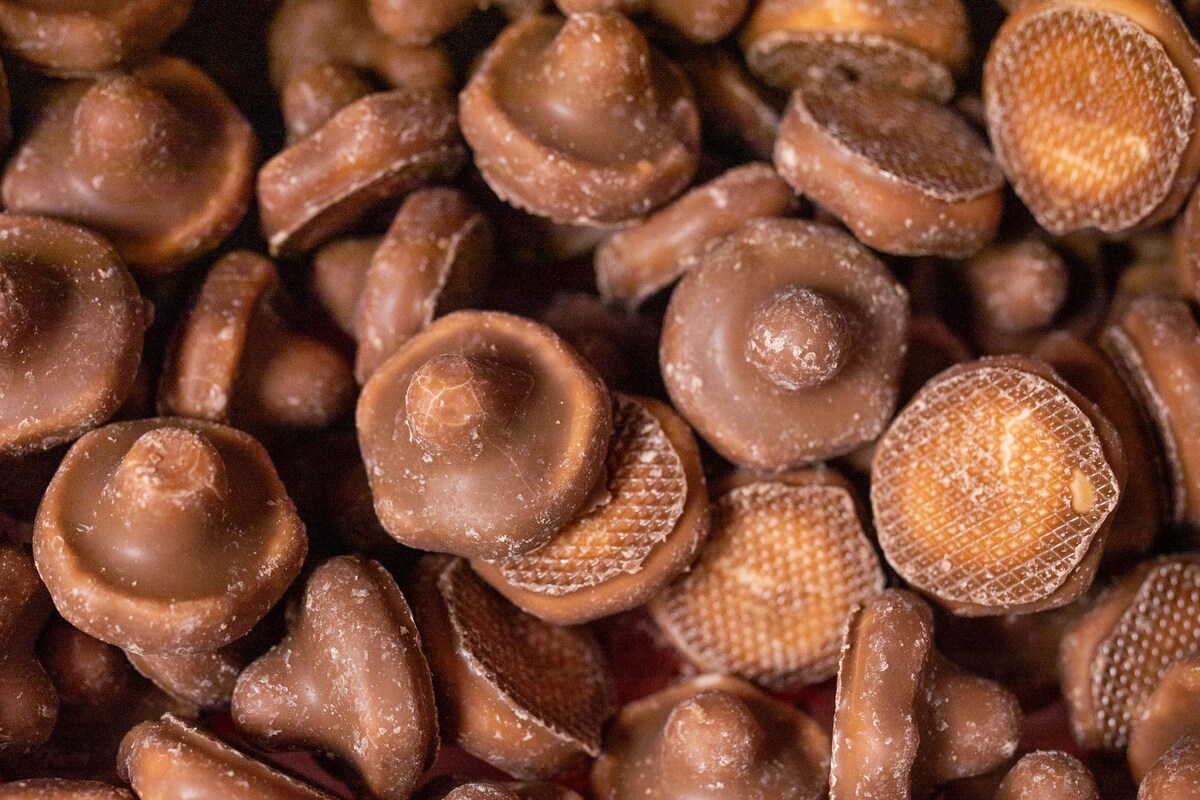
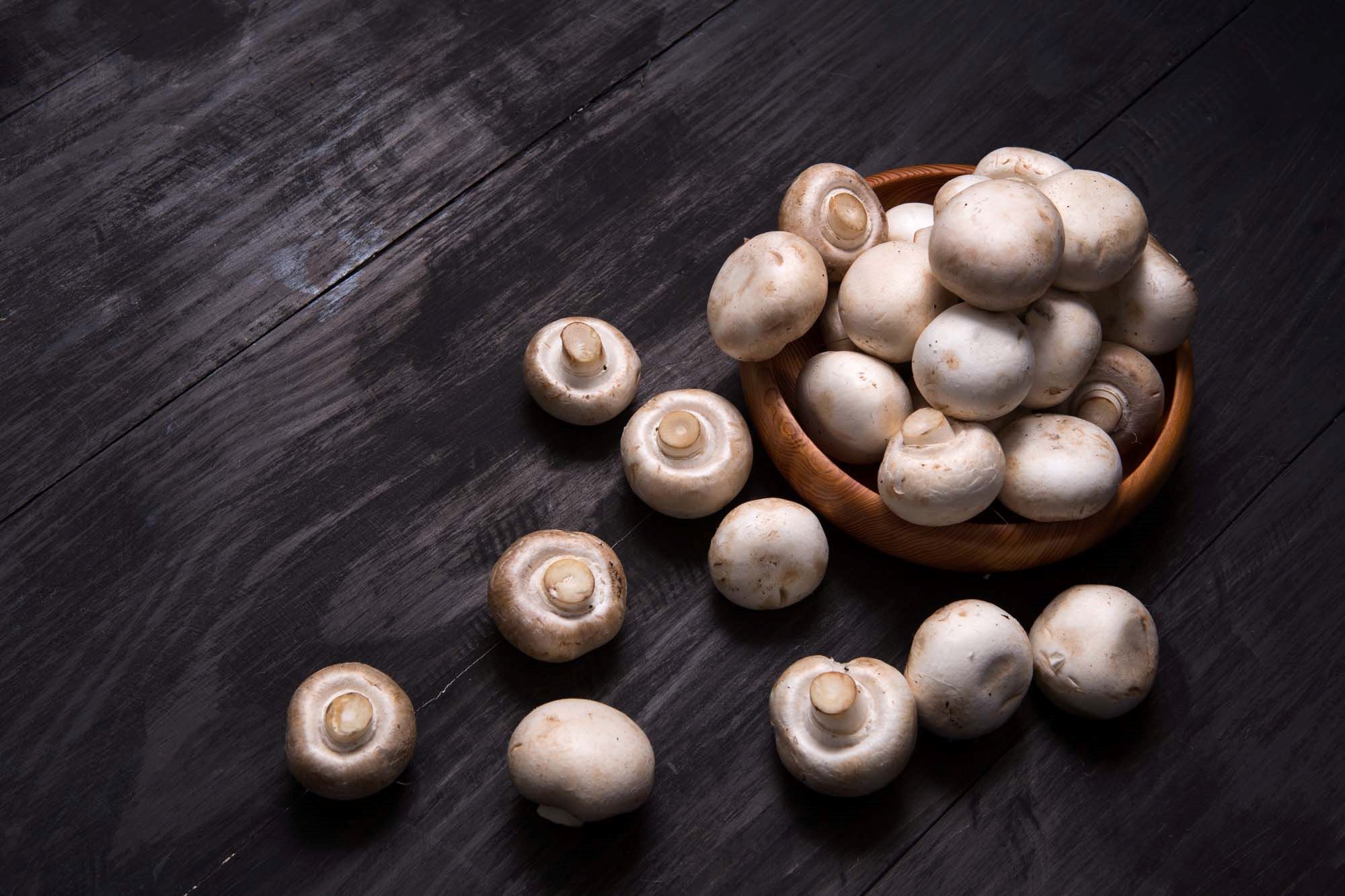
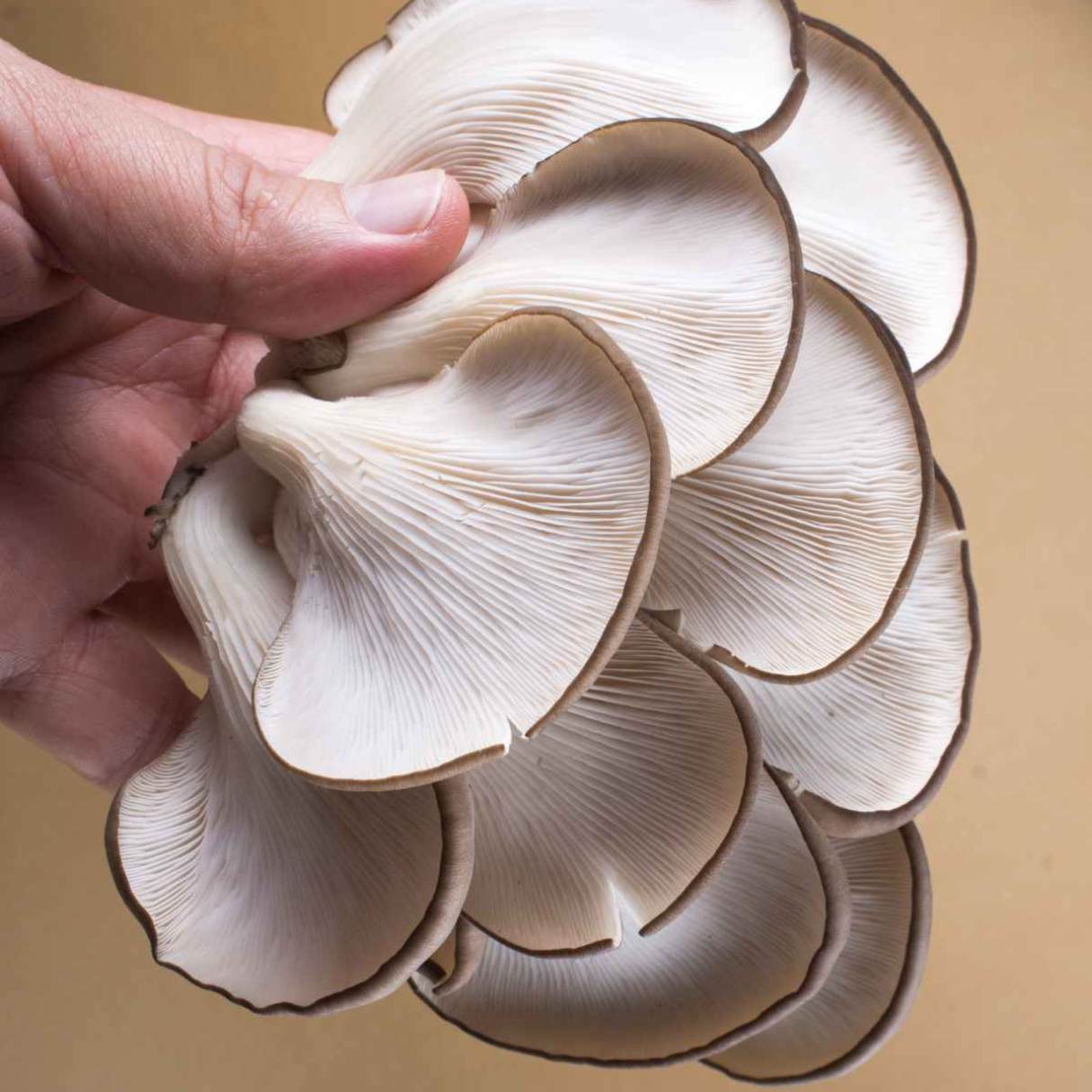
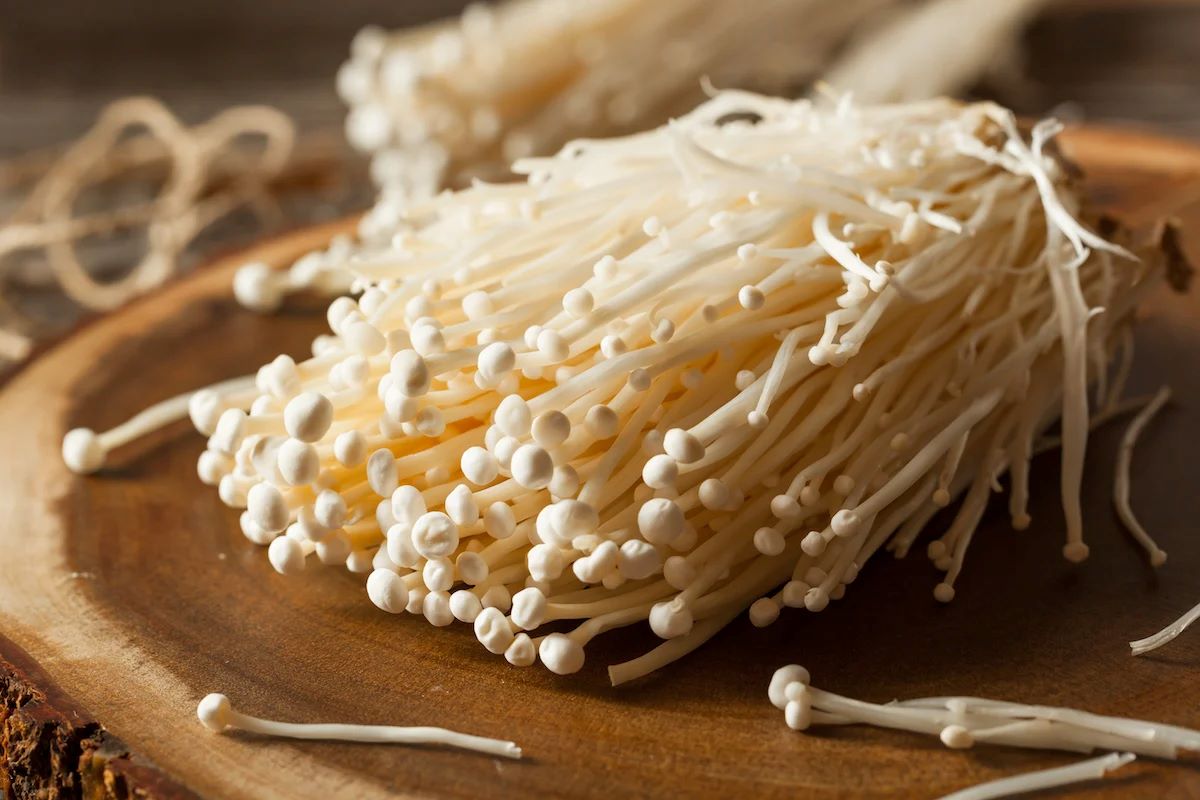
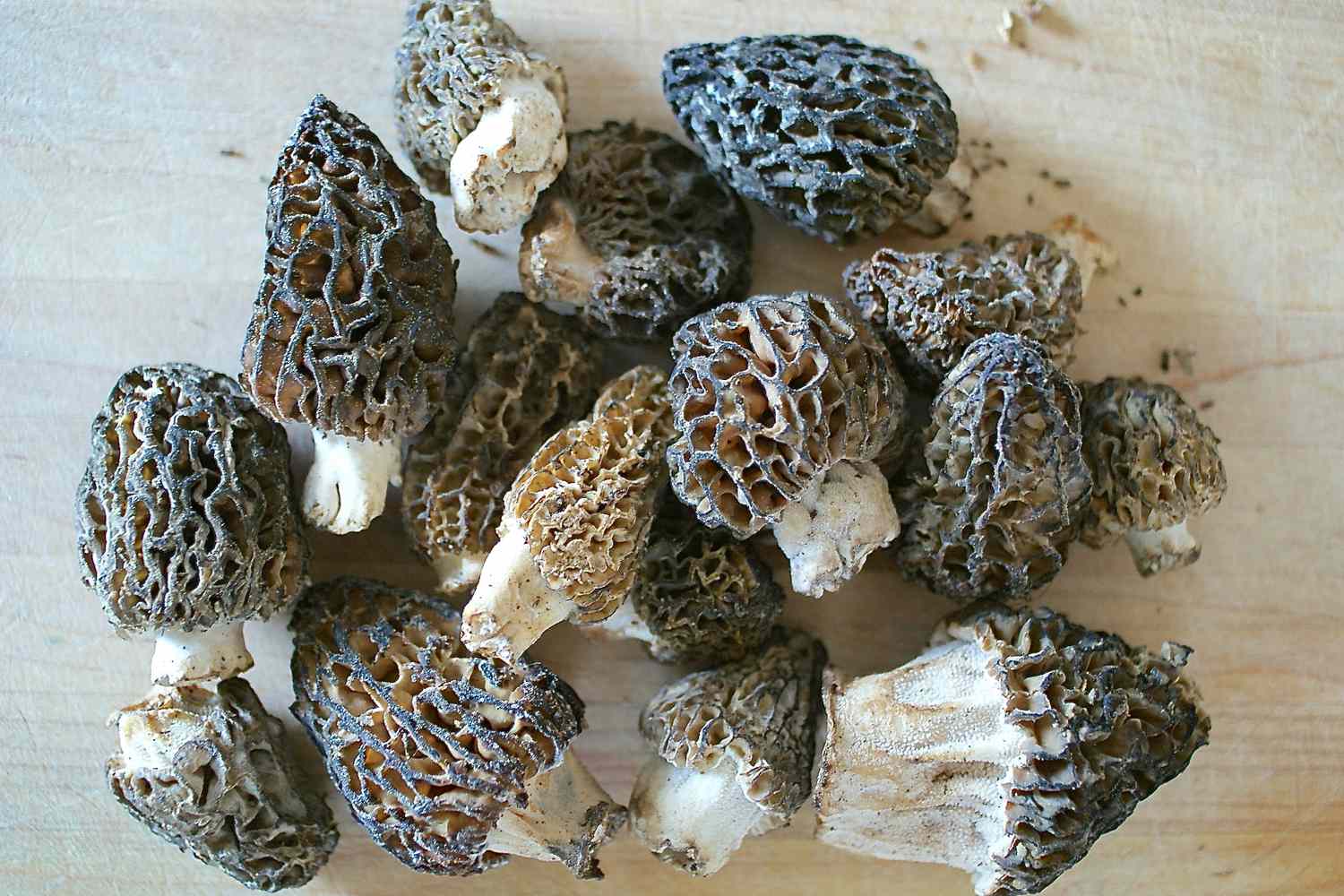

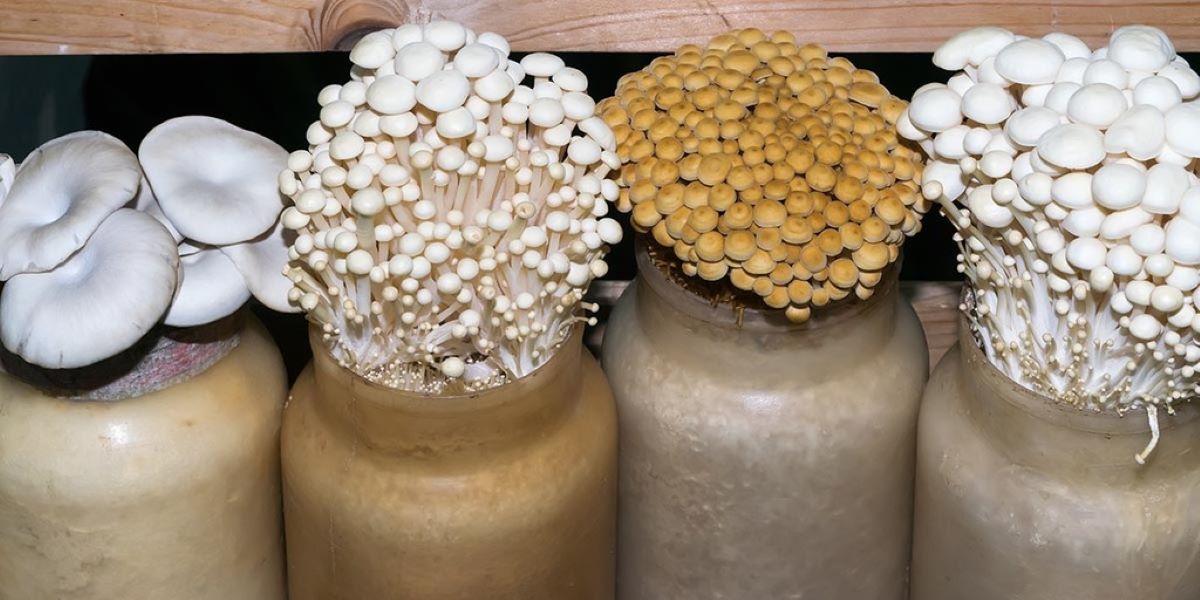
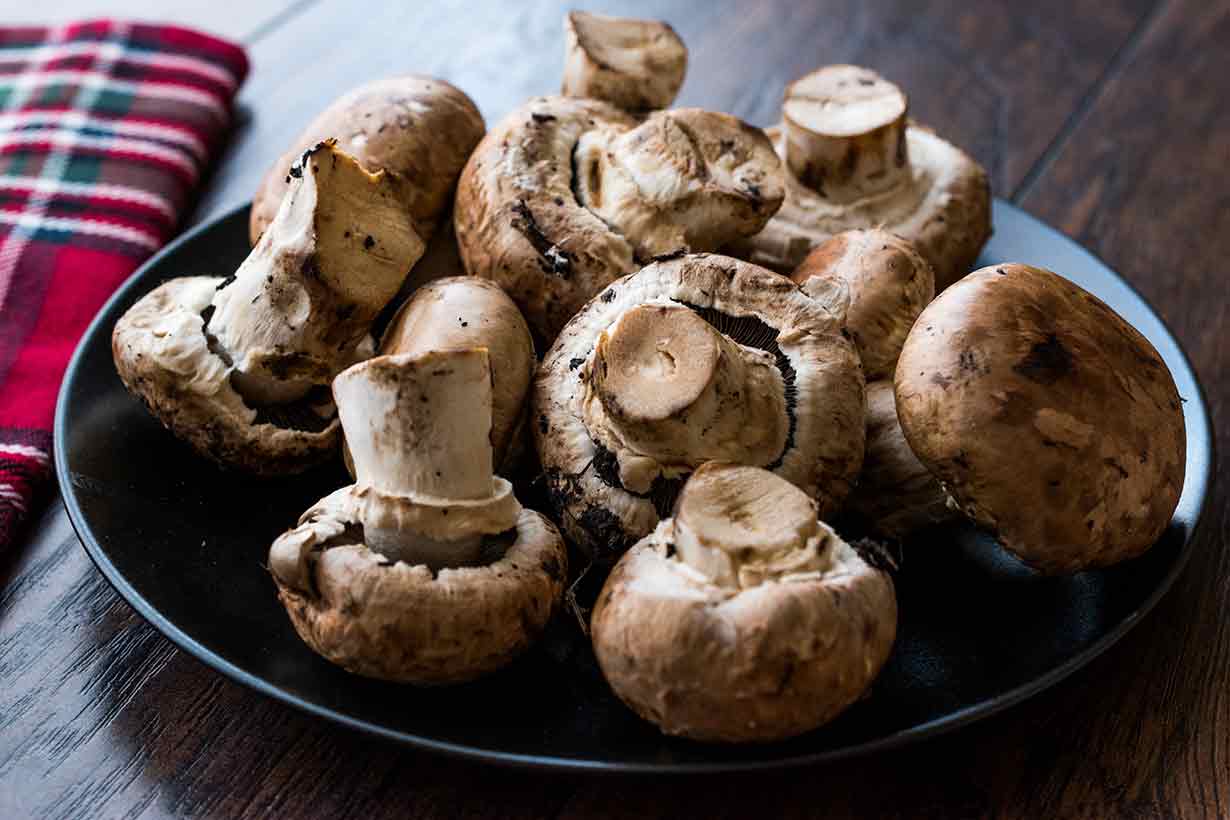
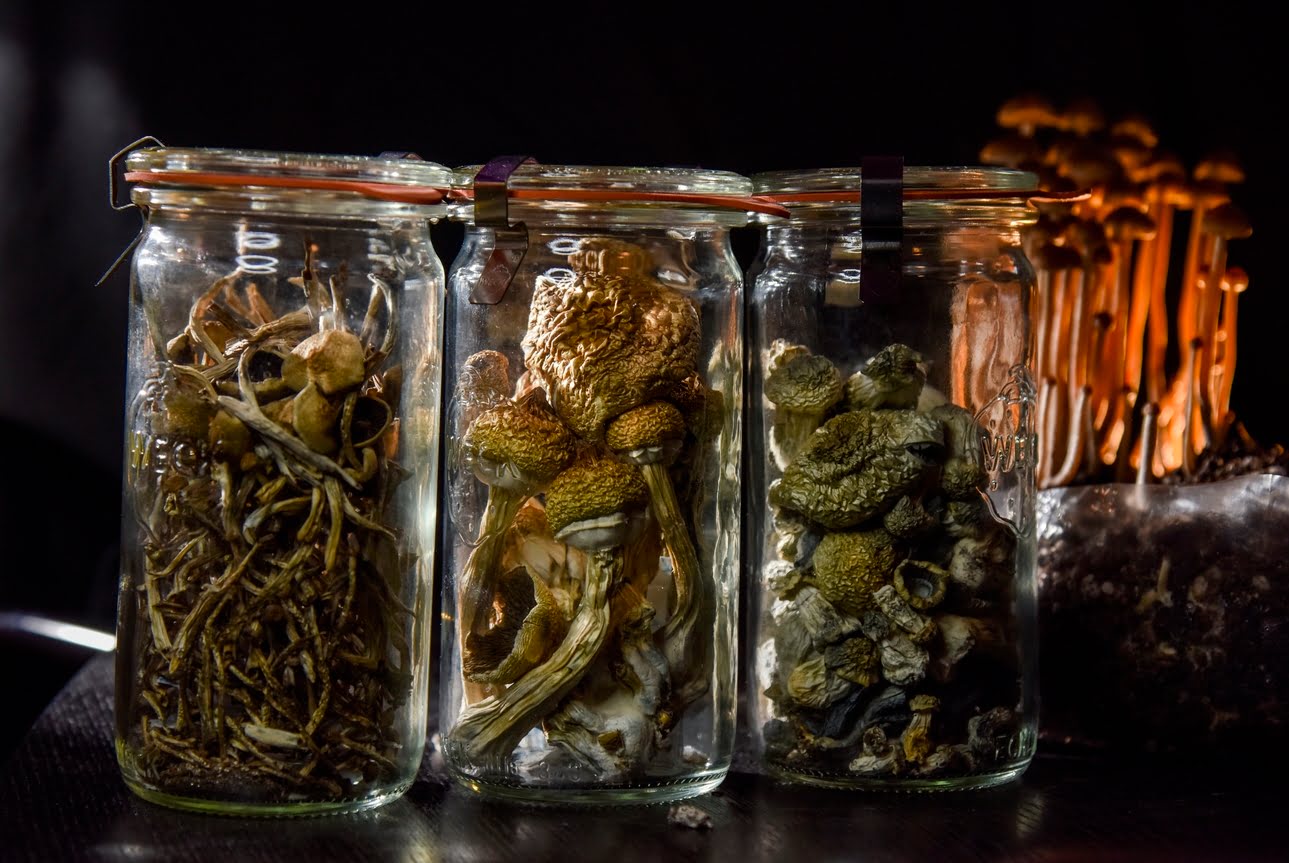
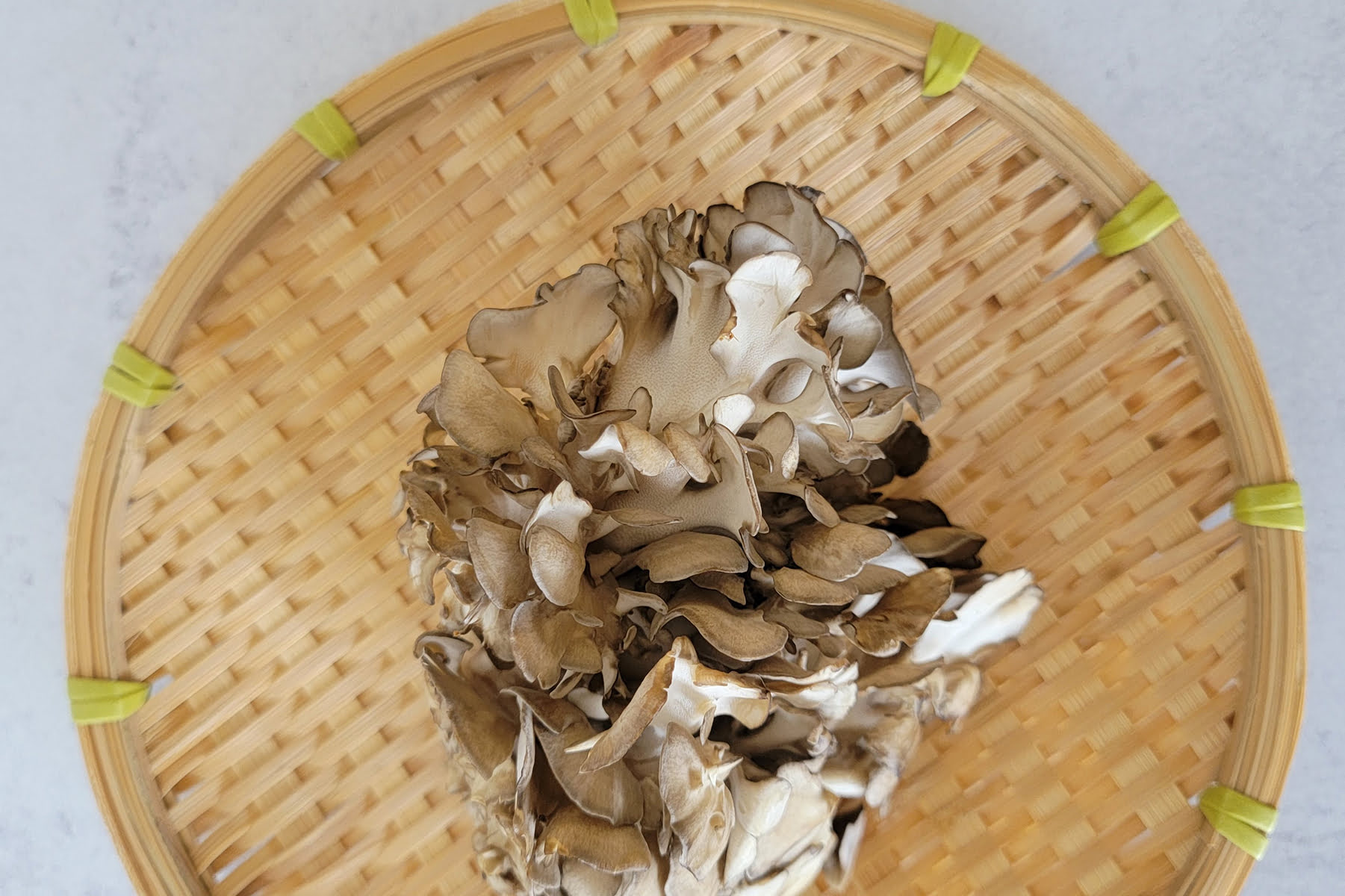
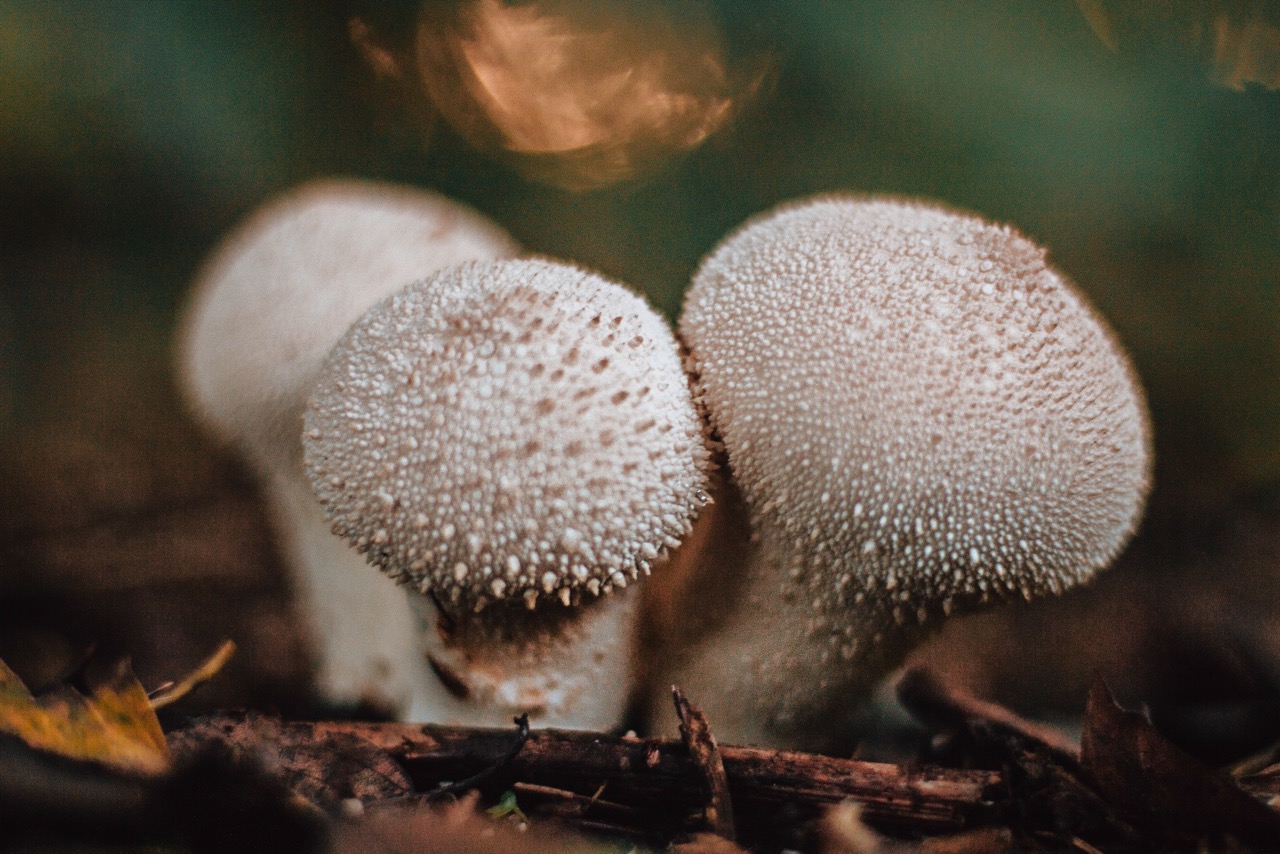
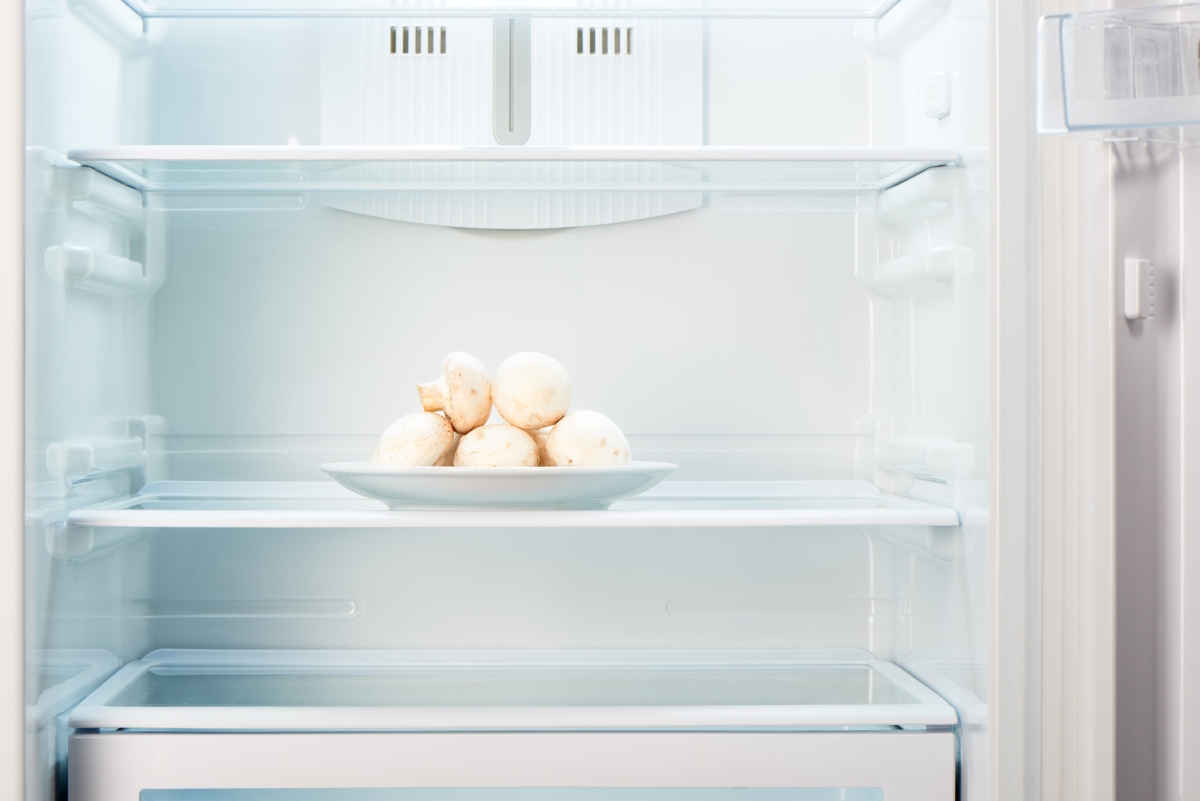

0 thoughts on “How To Store Lobster Mushrooms”